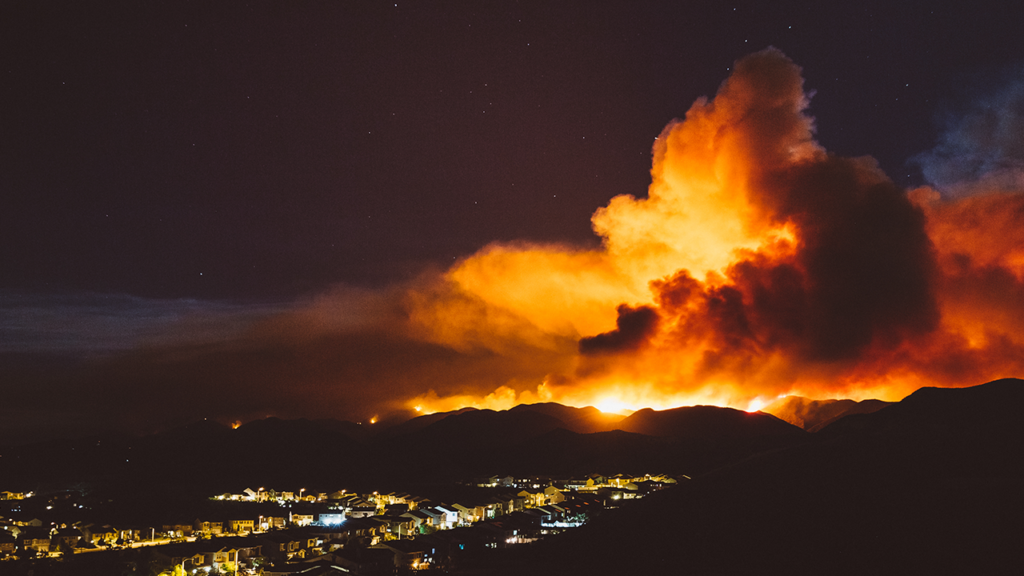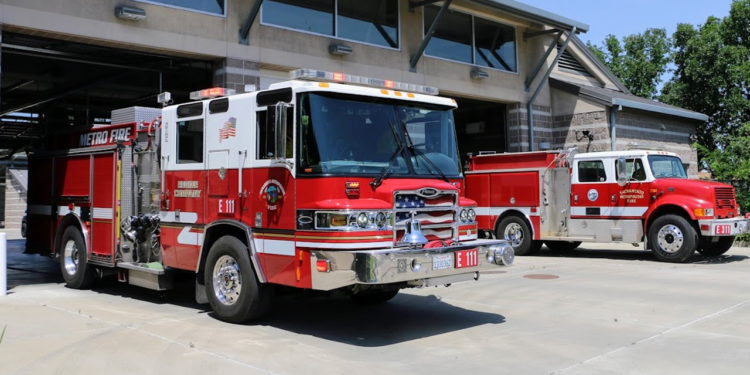Fueled by dry and windy conditions, more than two dozen fires have erupted across the state in the past week, including the two largest blazes of the year so far — the Post fire northwest of Los Angeles and the Sites fire in Colusa County, northwest of Sacramento. By Wednesday evening, the Sites fire had grown to over 19,000 acres and was only 10 percent contained.
Even in Rio Linda and northern Sacramento County, We’ve had multiple large grass and structure fires within the last five days.

The New York Times spoke to Daniel Swain, a climate scientist at UCLA: “We have entered fire season unambiguously. I think we’re going to see a significantly increased level of fire activity this year compared to the last two years.”
Swain noted that two consecutive rainy winters have led to more grass and vegetation than usual, providing ample fuel for fires. While the land isn’t excessively dry yet, he warned that it is likely to become dangerously parched in the coming months, setting the stage for extreme and hard-to-control fires.
Fire season is also looking concerning elsewhere in the West. Two wildfires in southern New Mexico were burning out of control Wednesday evening, scorching more than 23,000 acres and prompting the evacuation of thousands of residents.
In California, the years 2022 and 2023 were relatively mild regarding wildfires. In 2023, wildland fires burned roughly 325,000 acres and damaged 70 buildings across the state; in contrast, two years earlier, the fires consumed more than 2.5 million acres and damaged 3,500 structures.
California experienced a stroke of luck last year with an exceptionally wet winter followed by a cool summer. Additionally, the remnants of Hurricane Hilary brought significant rainfall to Southern California in August, effectively ending the fire season just as it would typically peak.
Such a scenario is unlikely this year.
While 2024 also began with a wet winter, it wasn’t as extreme as the previous year’s. Warm weather is already drying out vegetation, making it more flammable, as evidenced by the recent surge in fires. As summer progresses, the vegetation will continue to dry out, becoming increasingly prone to ignition.
Although wildfires can occur in California almost any time of year, 17 of the 20 most destructive wildfires in state history have occurred between July and October, following months without rain. The other three occurred in November or December, after prolonged dry periods mimicking peak fire-season conditions.
Above-average temperatures are predicted across the state this summer, especially in inland areas. Californians should be on high alert, Swain advised.
“By July, we’re likely to see the manifestation of a very active fire season,” he said.















